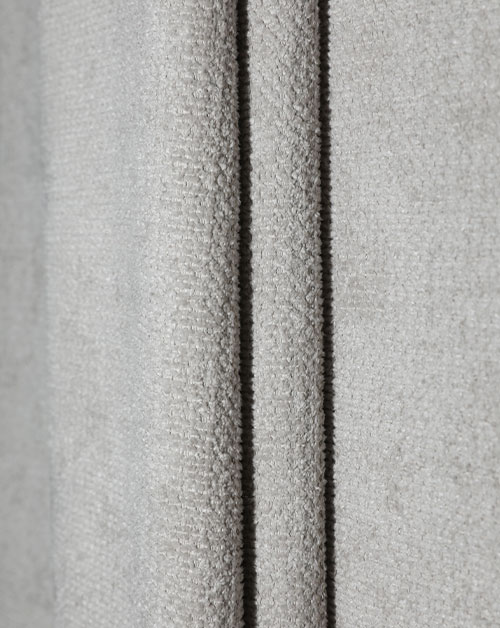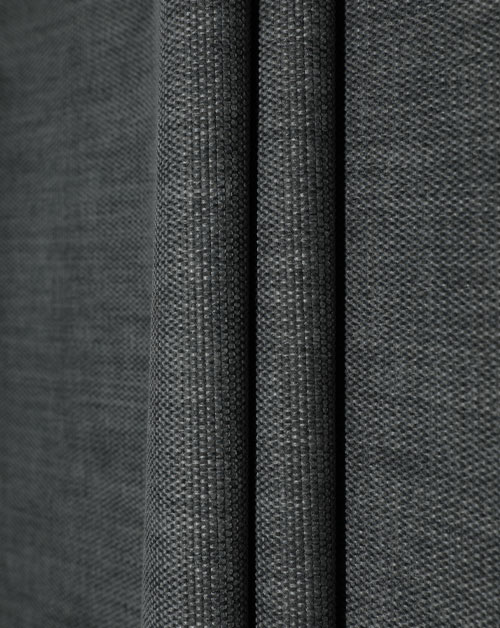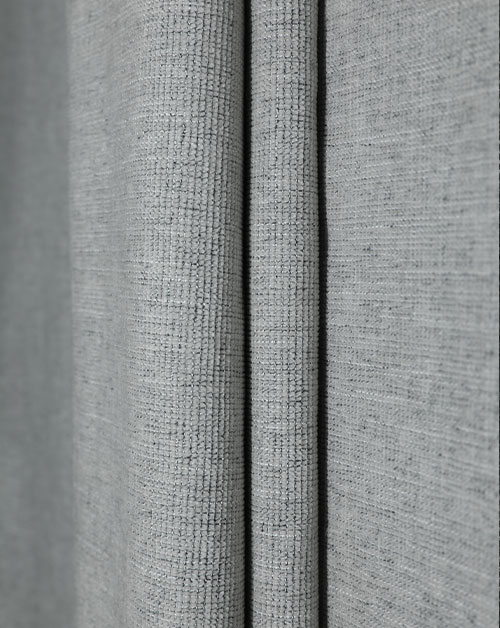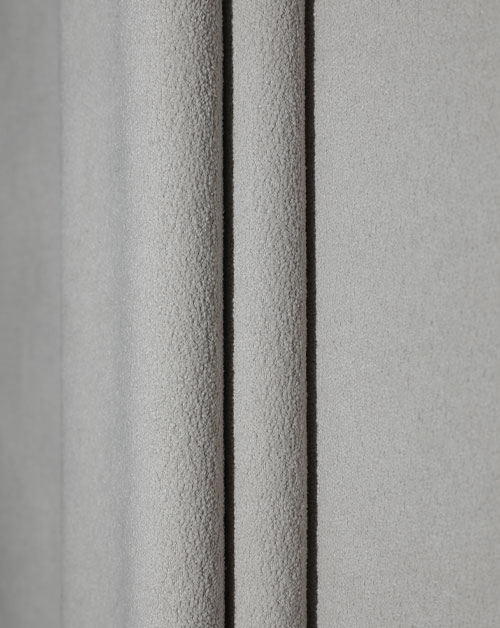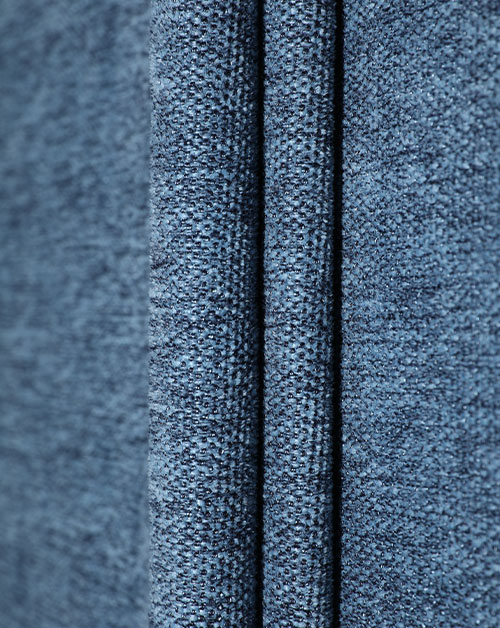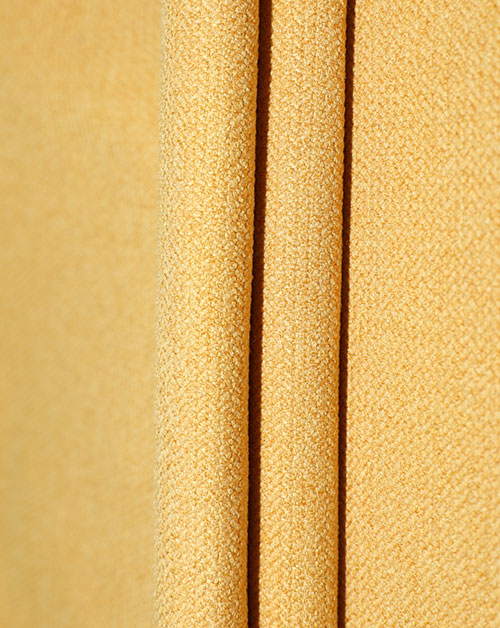In the field of modern textiles, Woven Imitation Linen Fabric is becoming a new favorite in the fields of furniture, clothing and home decoration. It not only retains the texture and appearance of natural linen, but also solves many problems of traditional linen fabrics in terms of price, maintenance and stability.
1. What is Woven Imitation Linen Fabric?
Woven Imitation Linen Fabric, that is, imitation linen woven fabric, is a fabric that uses chemical fibers (such as polyester, viscose, nylon, etc.) to imitate the texture and visual effects of natural linen through high-simulation weaving technology. It adopts a woven structure, with a tight texture, a dry feel, and a surface with the unique natural irregular fiber effect of linen. It is widely used in home textiles and fashion fields such as curtains, sofa fabrics, clothing, and pillows.
Compared with traditional natural linen fabrics, Woven Imitation Linen has more advantages in cost control, color stability and fabric strength.

2. Technical characteristics of imitation linen woven fabrics
Advanced weaving technology
Adopting plain, twill or jacquard weaving, it presents the unique natural texture of natural linen;
Stable structure, excellent wrinkle resistance, suitable for high-frequency use scenarios.
High simulation surface treatment
Through spinning deformation, sanding treatment, coating and other methods, the surface linen texture has a strong three-dimensional sense;
Full color, natural luster, and visual perception close to the original ecology.
Diverse fiber combinations
You can use different proportions such as 100% polyester, viscose blends, and nylon-polyester blends, taking into account both cost and performance;
Stronger wear resistance and tear resistance, extending the service life of the product.
3. Main advantages of Woven Imitation Linen Fabric
1. Significant cost advantage
Compared with expensive natural linen, imitation linen fabrics are more affordable, especially in the large-scale furniture and curtain customization industry.
2. Easy care, suitable for modern life
The chemical fiber composition of imitation linen fabric makes it not easy to shrink, fade or deform, and most products support machine washing or dry cleaning, which greatly reduces the maintenance burden of users.

3. Rich colors and strong customization
Compared with the weakness of natural linen with limited colors, Woven Imitation Linen Fabric can achieve hundreds of color schemes and pattern designs through dyeing process, which is more suitable for modern home decoration and personalized customization needs.
4. Environmentally friendly and in line with the green trend
Most high-quality imitation linen fabrics use environmentally friendly dyes and low-energy production processes, which are in line with the current direction of green development of the global textile industry.
IV. Typical application scenarios
1. Home furnishings
In home fabrics such as curtains, sofa fabrics, tablecloths, etc., Woven Imitation Linen Fabric has become the first choice of many designers because of its crisp drape, stable color, and natural feel.
2. Fashion clothing
Especially suitable for the development of lightweight clothing such as summer shirts, dresses, casual pants, etc., with both breathability and appearance texture, and eliminating the trouble of linen wrinkling.
3. Commercial space decoration
In the fabric decoration of hotels, homestays, and office spaces, imitation linen fabrics can provide natural, warm, low-key and luxurious decorative effects, and enhance the overall texture of the space.
V. Future market prospects and development trends
As consumers' pursuit of environmentally friendly materials and cost-effective products continues to rise, Woven Imitation Linen Fabric has become a new "alternative material" trend representative with its superior performance, economical price and visual beauty.
Future development trends include:
Extending to recycled polyester, degradable materials, etc.;
Developing functional imitation linen fabrics, such as waterproof, flame retardant, antibacterial, etc.;
Combining intelligent weaving with AI design algorithms to improve product design efficiency and aesthetic consistency.
Woven Imitation Linen Fabric is not only a substitute for natural linen, but also a comprehensive upgrade in practicality, adaptability and environmental protection. For design projects that pursue natural style, comfortable texture and economic benefits, imitation linen fabrics are undoubtedly a very competitive choice.

 English
English 中文简体
中文简体 русский
русский عربى
عربى